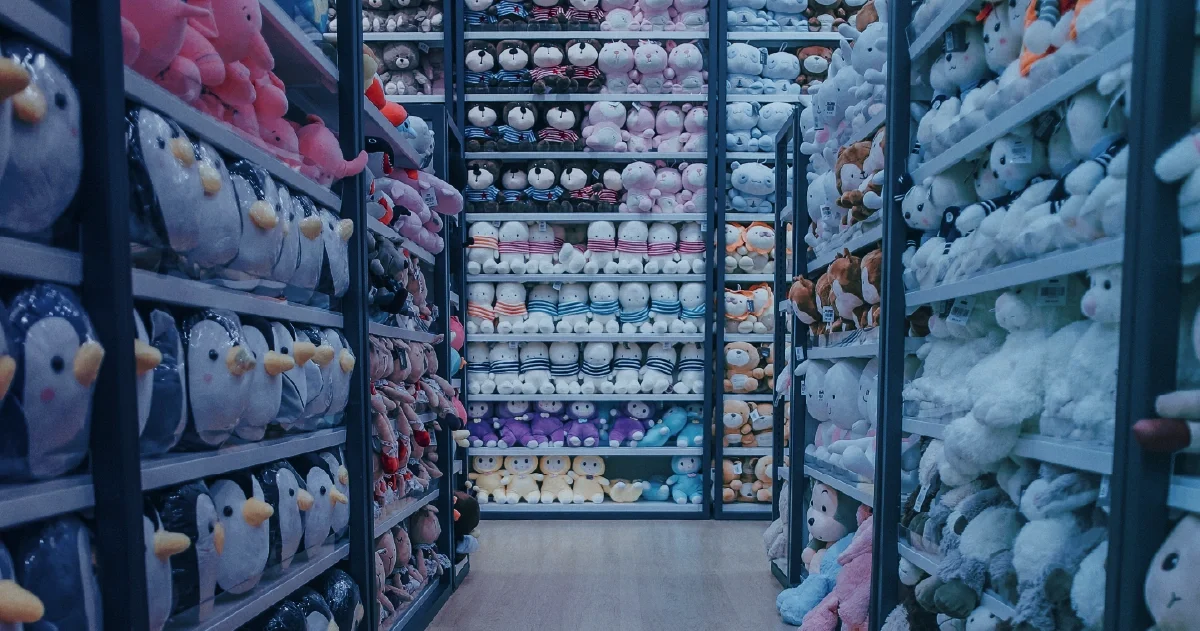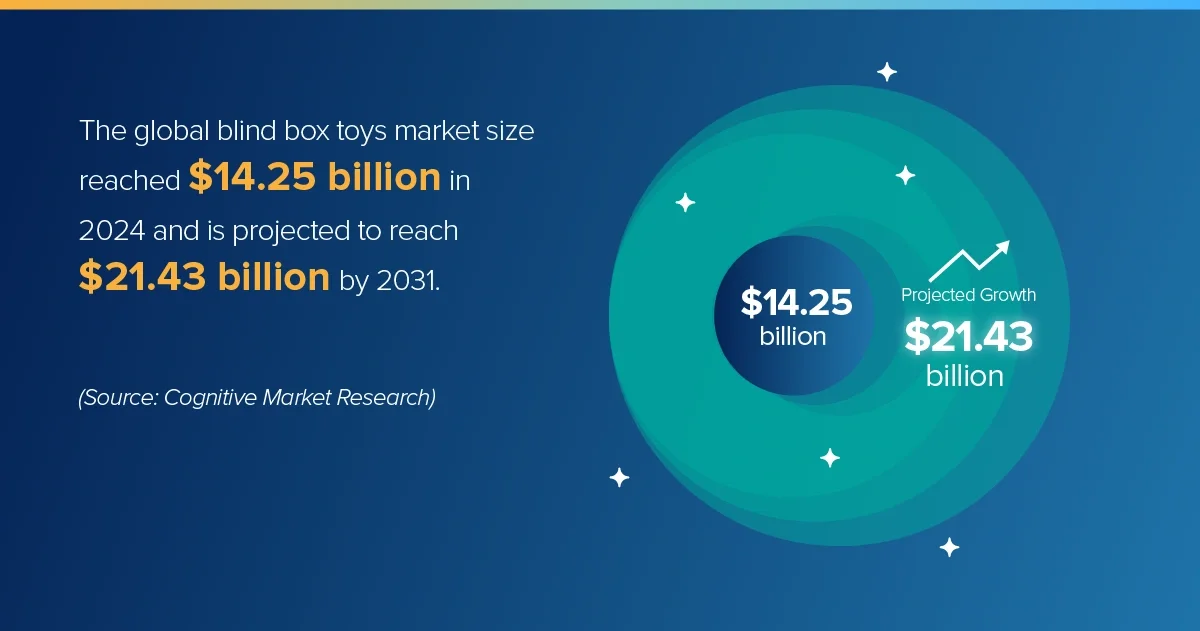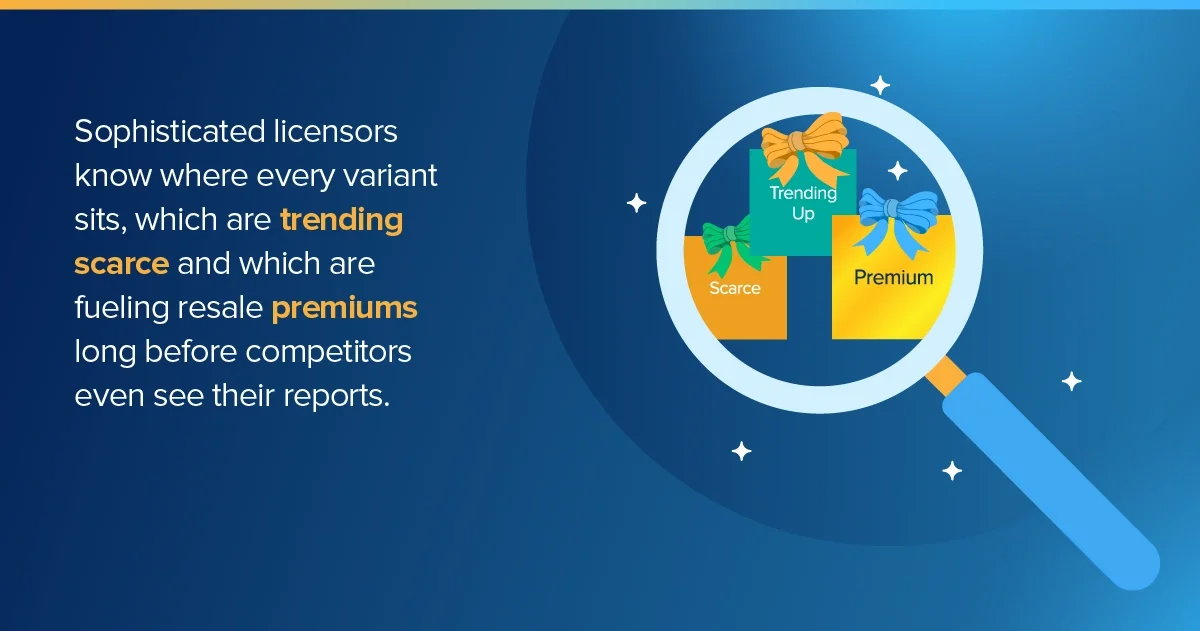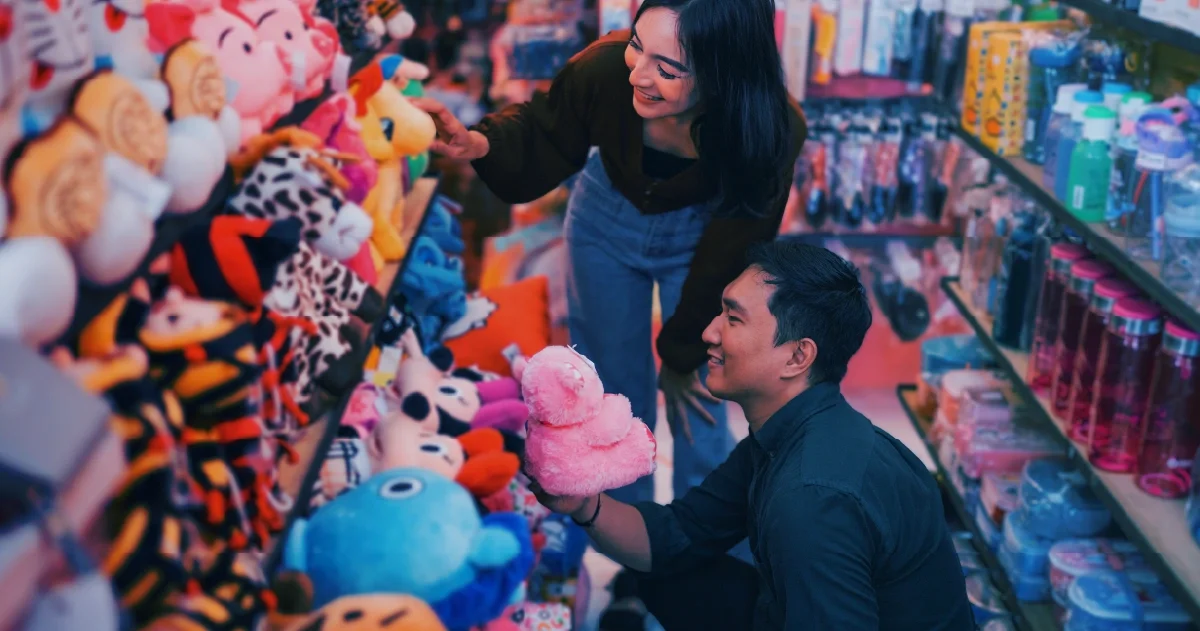
How blind boxes expose cracks in licensing rights and royalty management
The licensing industry just got its wake-up call. It came wrapped in colorful packaging that was only visible after purchase. I’m referring to the blind box phenomenon, which represents one of the most complex licensing scenarios imaginable from a data management perspective.
A blind box is a sealed package containing an unknown product, making every purchase a surprise. The trend surged in China during the pandemic, with Pop Mart fueling demand through livestreams, online sales and vending machines.
Today, the blind box market is exploding. HSBC Bank projects that Pop Mart’s overseas revenue in 2025 will more than double to $1.95 billion (approximately 14 billion yuan). The Monsters IP, home to viral sensation Labubu, generated $419 million (3 billion yuan) in 2024, representing a 726.6% year-over-year increase.
Boxed in: Traditional licensing models don't fit
Every licensing executive knows the fundamentals: tracking sales, calculating royalties and managing relationships. Blind boxes disrupt those assumptions across the board.
What makes blind boxes uniquely challenging is the inherent complexity of their product definition and requisite royalty-bearing components. Each blind box represents one of the most complex licensing scenarios imaginable. Beyond unit sales, licensors must monitor rarity distributions, secondary market values, regional performance and consumer behavior across dozens of hidden product lines.
Here’s the challenge from my perspective: one SKU can contain 12 variants, with production costs ranging from $0.80 to $2.40, retail prices from $8.99 to $24.99 and secondary market values exceeding $150 for rare editions. Your quarterly report might show 10,000 units sold, but which variants actually drove that revenue? How do you split royalties accurately when margins differ so drastically?
This complexity requires a shift in royalty structures. Traditional models that rely on high unit counts of multi-IP products need to evolve to focus on individual components. It’s similar to when the record industry shifted from album-based royalties to individual song royalties. One thousand blind box units, each with 12 licensable components, are now being tracked as 12,000 units, each with one licensable component.
Organizations clinging to static quarterly reporting and siloed systems are woefully unprepared. If your IP models include participation components, complexity multiplies exponentially. The same SKU with 12 variants could have 2-4 different participants for each variant, resulting in 24-48 total variants.
3 ways to expose blind spots
Licensors succeeding in the blind box boom are predicting which variants fuel secondary market demand, which regions embrace specific characters and how rarity drives emotional engagement. Here’s where traditional licensing management falls short:
1. Dynamic royalty precision
Static royalty structures don’t reflect blind box economics. Profit margins can swing 300% within a single product line. When a rare Labubu sells for $200 on the resale market while a standard version sells for $12, royalties should reflect that value creation.
The most successful licensors are developing variable structures that account for production costs, retail positioning and secondary market potential, moving beyond simple per-unit calculations to models that recognize the actual value creation of rare variants.
2. Supply chain transparency
The mystery element makes precise inventory tracking critical. Without integrated systems connecting manufacturing, distribution and retail, licensors are flying blind while selling blind boxes. Sophisticated licensors know where every variant sits, which are trending scarce and which are fueling resale premiums before competitors see their reports.
IP owners remain entitled to complete visibility for anything related to their licensed IP. However, B2B transparency requirements become significantly more complex, while the B2C model introduces a specific non-transparent element at the final point of sale.
3. Predictive market intelligence
Future-ready licensors predict what will sell, where and why. Licensees know precisely which elements they’ve placed in each blind box for operational requirements. However, determining the optimal "recipe" requires sophisticated predictive analytics. The more excited consumers become about their content, the more likely they are to return and recommend it to others.
I believe one of the biggest mistakes is overlooking the analytics necessary to drive product line success. These insights distinguish reactive licensors from proactive leaders who capitalize on trends before competitors even see their quarterly reports.
Unboxing the future of consumer engagement
Blind boxes are part of a larger shift toward experience-based licensing, where emotional engagement drives value. Tomorrow’s most significant opportunities will reward licensors who can capture and act on complex data about consumer behavior.
Balancing current hype with sustainable strategies requires discipline to avoid oversaturation. If everyone can obtain a "cool" blind box, then no one will want one. High-quality products released on carefully managed schedules build and maintain market excitement.
This experience economy moves quickly. In a world where viral videos garner millions of views in minutes, supporting supply chains accustomed to instant gratification can significantly bolster blind-box initiatives. The excitement that comes with each purchase is key to quickly capitalizing on opportunities.
Bring vision to your blind infrastructure
Is your licensing infrastructure stuck in the past? Future-ready licensing operations demand:
- Integrated data platforms connecting manufacturing, distribution, retail and secondary markets
- Real-time analytics for dynamic decision-making rather than lagging reports
- Predictive modeling systems to identify opportunity patterns before competitors see them
- Multi-dimensional royalty processing that reflects actual value creation across variants and channels
Fly forward or fall flat
Some licensing professionals may question whether blind boxes are a sustainable approach. The more forward-looking view is that complexity is the new operating environment. Blind boxes are simply the proving ground. The trading card business, with its original blind box model, remains a strong global presence. The question isn’t whether this is sustainable; I think it’s "how sustainable?"
Organizations that thrive will master complexity and seize opportunities in real time, turning market unpredictability into profit.
More than a collectibles craze, blind boxes are the stress test for your entire licensing infrastructure. Are you still flying blind, or are you ready to navigate what comes next?
Read our blog to learn how predictive analytics helps optimize your intellectual property portfolio.
Get the latest news, updates, and exclusive insights from Vistex delivered straight to your inbox. Don’t miss out—opt in now and be the first to know!




